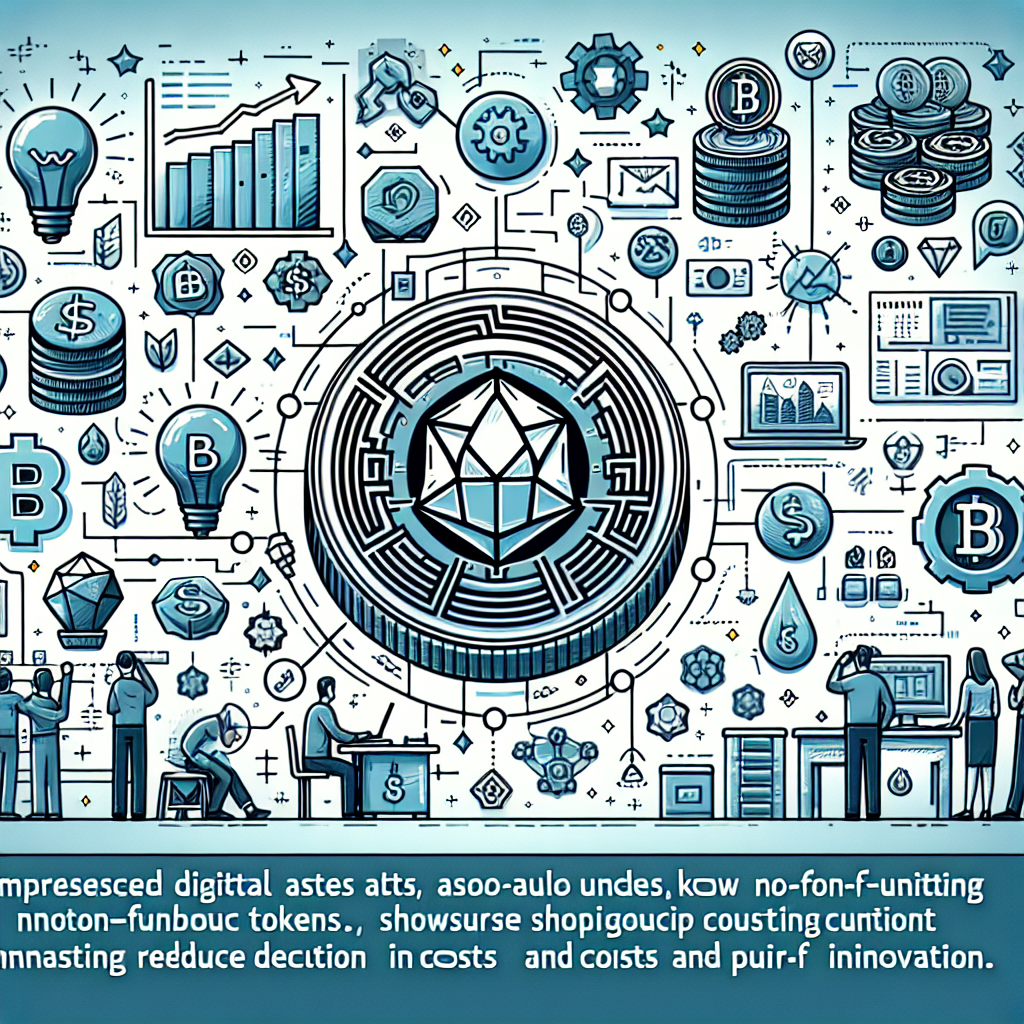NFTs on Solana: The Evolution of Compressed NFTs (cNFTs)
In recent years, Non-Fungible Tokens (NFTs) have seen a significant evolution from a niche market to a widely recognized technology used across various industries such as art and collectibles. With this growing interest, challenges related to cost and scalability have become more apparent, especially for those looking to launch large NFT collections. In response to these challenges, developers on the Solana blockchain have introduced compressed NFTs (cNFTs) as a more resource-efficient way to store and verify NFTs.
The Rise of NFTs on Solana
When Solana first emerged as a platform for NFTs, most collections were small and expensive to mint. The focus was on exclusive profile picture (PFP) projects, with limited supply driving up perceived value. However, minting large numbers of NFTs at scale proved to be costly. This led to a shift towards accessibility, as artists and community builders found high fees limiting their ability to experiment with large collections or give away free NFTs. In response, Solana developers introduced cNFTs, which offer a more cost-effective way to store data and mint NFTs in large quantities.
What Are Compressed NFTs (cNFTs)?
Compressed NFTs use state compression technology to reduce the amount of on-chain data required for ownership and metadata. Unlike traditional NFTs that store images and metadata either fully on-chain or in external links, cNFTs maintain essential ownership records on-chain while compressing and offloading heavier metadata elsewhere. This hybrid design lowers costs while providing a verifiable link to the token.
Key Features of cNFTs
cNFTs significantly reduce the costs of minting large NFT collections by storing less data on-chain, allowing creators to launch thousands or even millions of tokens without breaking the bank. This efficiency also helps tackle scalability, making cNFTs suitable for gaming, social media, and metaverse projects that require high-volume assets. By keeping essential ownership details on-chain and offloading heavier files elsewhere, cNFTs offer a more sustainable path for creators and collectors.
How cNFTs Work on the Solana Blockchain
Solana’s state compression technology is the key behind cNFTs. Instead of writing every bit of data for each token onto the blockchain, the protocol organizes information using Merkle trees. A compressed record of ownership is kept on-chain, while large files such as images or animations are stored off-chain. By verifying each token’s existence through cryptographic proofs, the system ensures trust without needing to store every detail on the blockchain. Popular Solana wallets like Phantom, Solflare, and Backpack support cNFTs, making it easy for users to buy, sell, and manage them.
Why cNFTs Matter
Affordability spurs innovation in the NFT space, as lower minting costs allow creators to experiment without financial constraints. Platforms like DRiP can distribute free or low-cost NFTs to engage communities, attracting more users and driving new ideas. Lower fees also enable dynamic and interactive experiences in blockchain games, where items can evolve with gameplay.
Community Building and Attention
NFTs are not just collectible but also social assets. By distributing tokens widely and at minimal cost, communities can grow faster. Platforms like DRiP use cNFTs to encourage fan participation and broaden membership. This mix of easy entry and creative engagement can capture attention both within and outside the core NFT community.
Key Marketplaces Supporting cNFTs
Tensor and Magic Eden are major NFT marketplaces supporting cNFTs on the Solana blockchain. Tensor offers traditional listings and an NFT Automated Market Maker (AMM) similar to Sudoswap on Ethereum, while Magic Eden supports both traditional Solana NFTs and cNFTs, allowing creators to release larger collections without high fees.
cNFT Collections
One of the most prominent cNFT collections is Tensorians by Tensor. This 10,000-piece collection used airdropped “Tensorian Shards” for minting official tokens. Despite being a compressed NFT release, Tensorians has a market cap of 39,640 SOL, equivalent to about $6.3 million. Many creators are drawn to cNFTs to experiment with new formats and themes, with marketplaces like Tensor and Magic Eden offering a platform for launching experimental cNFT projects.
The Other Side of cNFTs
While cNFTs offer benefits like lower minting costs, they also attract scammers who create spam tokens to distribute harmful links. Users should verify any unexpected NFT drops to stay safe. Additionally, the ease of minting cNFTs can lead to over-commoditization, diluting the scarcity that makes NFTs unique.
Future Outlook and Potential
As minting costs remain low, more developers, brands, and artists are likely to experiment with cNFTs. Ongoing research may refine state compression strategies, making minting even more efficient. Other blockchains may adopt similar approaches to address cost and scalability challenges in the NFT space.

